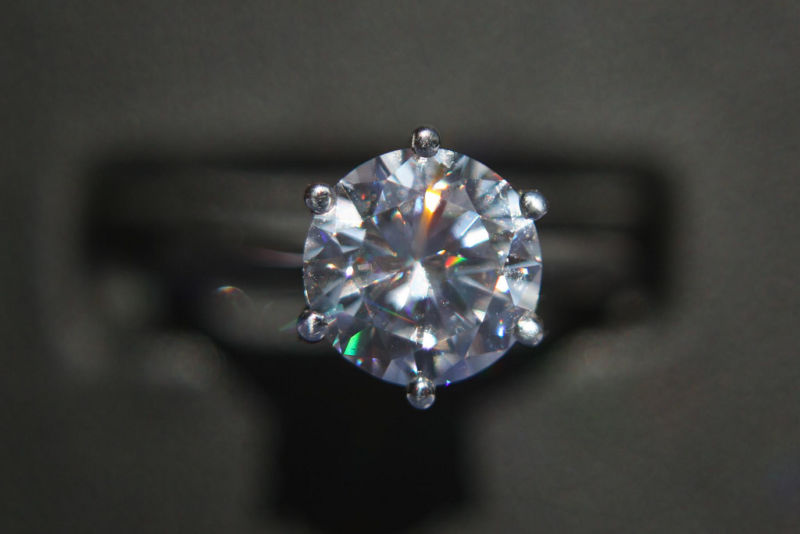Straining a diamond makes silicon-based qubit behave
Ars Technica » Scientific Method 2018-09-20

Enlarge / This is a diamond. It probably even has impurities suitable for making a qubit. It is not a quantum computer (credit: Roger Blake)
With the advent of toy quantum computers, I’ve been less interested in reporting on the developments of new qubit systems. That doesn’t mean I’ve been ignoring them. Instead, i'm seeing that lots of different types of qubits have deficiencies that are likely to lead to their abandonment at some point. Until I see those overcome, I tend to pay less attention.
Researchers are now reporting that they have overcome one of the major drawbacks in a silicon-doped diamond (SiV-) qubit. The qubit is no longer destroyed so easily and can be manipulated in ways that might make it quite flexible.
Qubits based around a defect in a crystal—in this case, caused by the placement of silicon in an otherwise all-carbon crystal—have been around for a while. But the qubit is way too sensitive to tiny vibrations called phonons. Phonons are basically the crystal’s way of moving heat around, so the amount of energy in a phonon is really tiny and hard to get rid of. Qubits that are readily destroyed by phonons are probably not very useful.